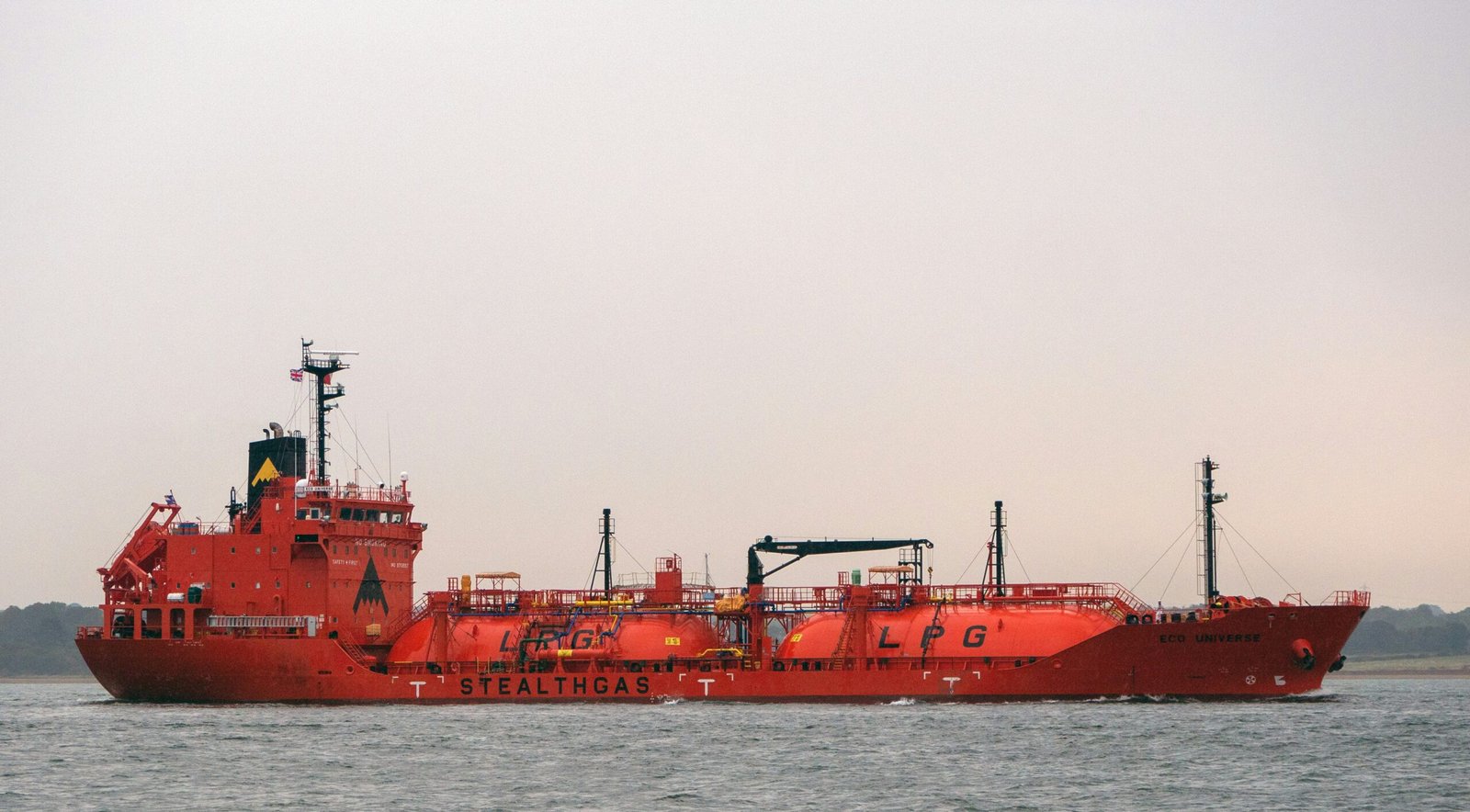In the early 20th century, maritime travel faced numerous challenges, particularly when it came to communication and rescue operations. However, on January 23, 1909, a groundbreaking event took place that would forever change the course of maritime safety. It was on this day that the first radio distress signal was used in a sea rescue, marking a significant milestone in the history of wireless communication at sea.
The steamship RMS Republic found itself in a perilous situation off the coast of Massachusetts. Navigating through heavy fog, the Republic collided with another vessel, causing extensive damage and putting the lives of its passengers at risk. In a desperate bid for help, the Republic transmitted a Morse code SOS call using radio communication.
The SOS distress signal, consisting of three short signals, three long signals, and three short signals again, was initially introduced by the German government in radio regulations in 1905. It quickly became recognized internationally as the universal call for help. The Republic’s distress signal was received by the nearby liner RMS Baltic, as well as several other ships in the vicinity.
The swift response from the Baltic and other vessels played a crucial role in the successful rescue of the Republic’s passengers. The wireless communication allowed for immediate coordination and assistance, bypassing the delays and limitations of traditional means of communication such as signal flags or carrier pigeons. This event demonstrated the life-saving potential of radio technology in maritime emergencies.
The successful rescue of the Republic’s passengers marked a turning point in maritime safety. The incident highlighted the necessity of wireless communication equipment on ships, leading to increased adoption and development of radio technology in the maritime industry. Governments and maritime organizations recognized the importance of equipping vessels with radio equipment to ensure quick and efficient distress signal transmission.
The impact of this event was not limited to the maritime industry alone. The successful radio sea rescue of the Republic’s passengers captured the public’s attention and sparked widespread interest in wireless communication. It showcased the potential of this emerging technology in saving lives and revolutionizing communication at sea.
Following the Republic-Baltic rescue, radio communication became an integral part of maritime safety regulations. Ships were required to carry radio equipment and operators trained in the effective use of wireless communication. The event also paved the way for the establishment of dedicated maritime radio stations and networks, further enhancing communication capabilities at sea.
Today, the legacy of the first radio sea rescue lives on. The use of radio distress signals has evolved, with modern technologies such as satellite communication and GPS playing a vital role in maritime safety. However, the events of January 23, 1909, remain a significant milestone in the history of maritime safety, reminding us of the importance of effective communication in saving lives at sea.
References:
- History.com – First Radio Sea Rescue (1909)
- The Maritime Executive – The First Radio Sea Rescue
- Naval History and Heritage Command – First Radio Distress Call
On January 23, 1909, the first radio distress signal was used in a sea rescue, forever changing the landscape of maritime safety. The steamship RMS Republic’s collision in heavy fog off the coast of Massachusetts led to the transmission of a Morse code SOS call, which was received by the nearby liner RMS Baltic and other ships. This event showcased the life-saving potential of wireless communication at sea and paved the way for the widespread adoption of radio technology in the maritime industry. The successful rescue of the Republic’s passengers marked a significant milestone in maritime safety, emphasizing the importance of effective communication in saving lives at sea.

